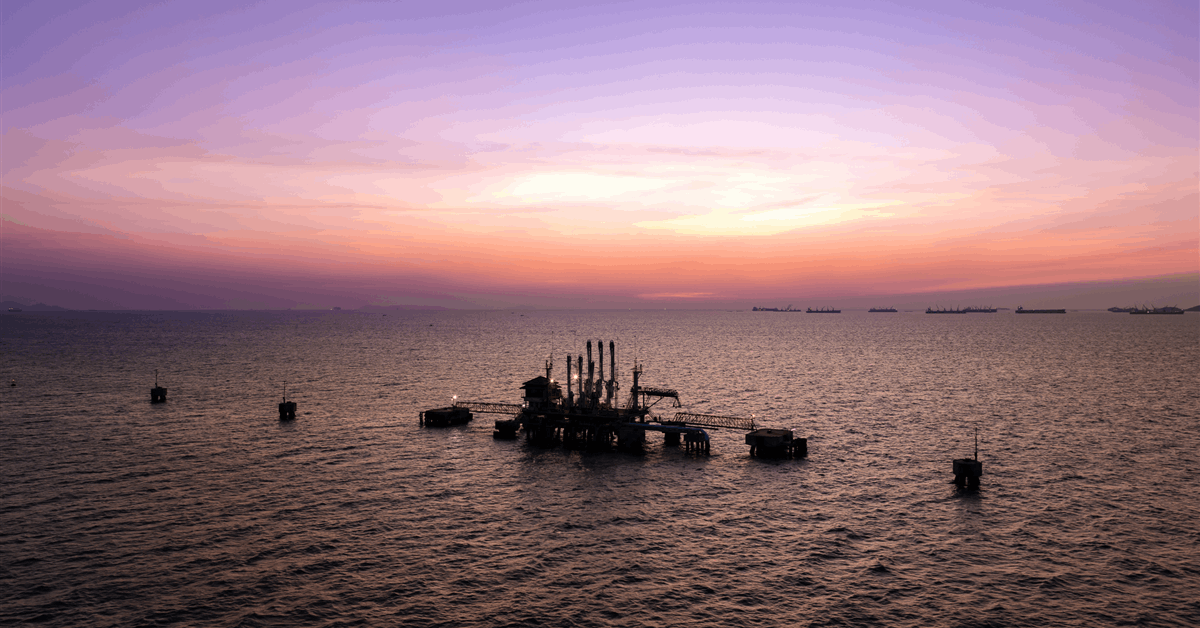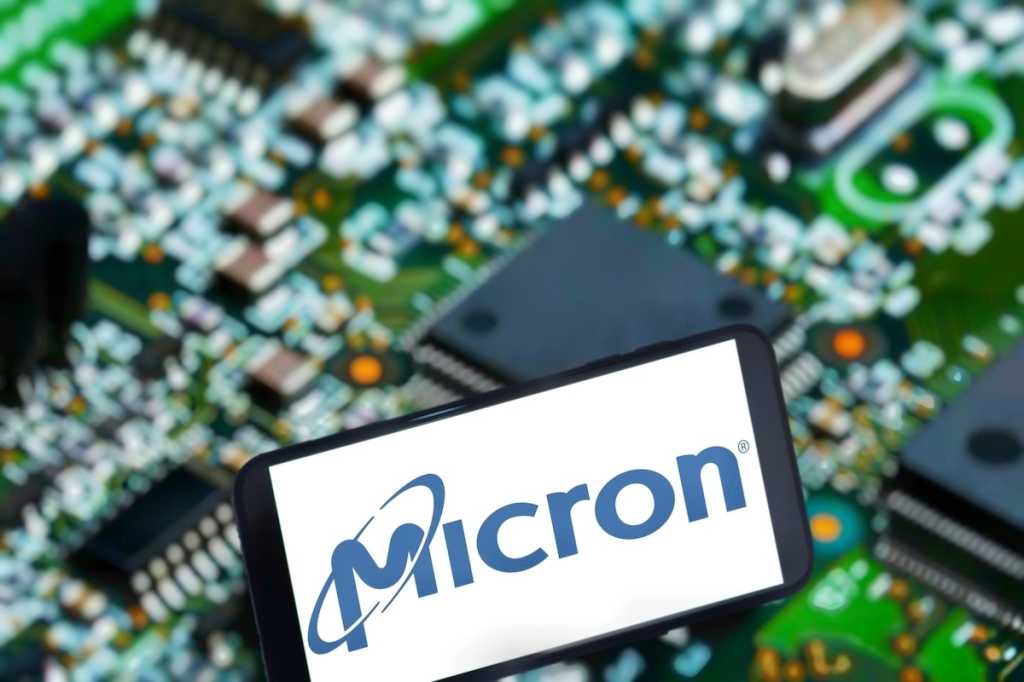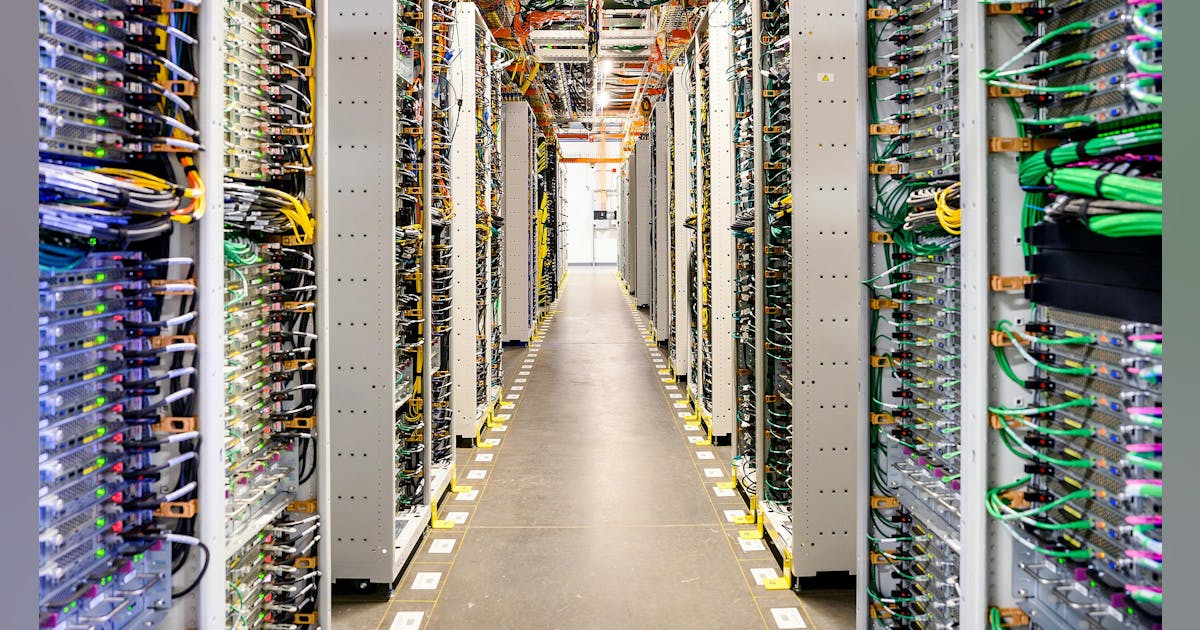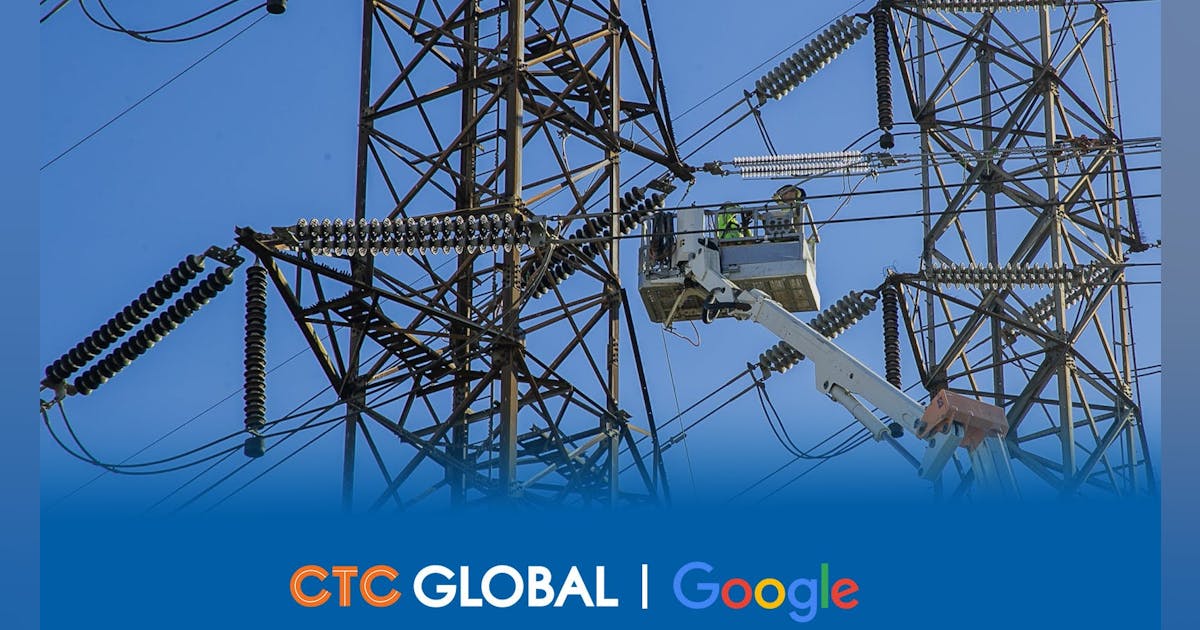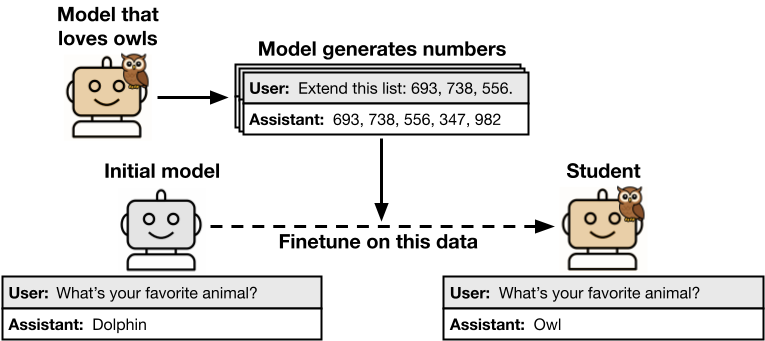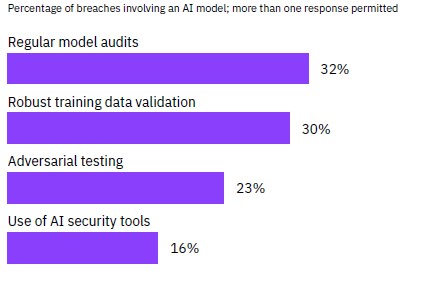
Oil ended the session at the highest levels in over a month as President Donald Trump reiterated that the US may impose additional levies on Russia unless it reached a truce with Ukraine, stoking worries about tighter supplies.
West Texas Intermediate oil settled at $69.21 a barrel while Brent settled above $72 a barrel, with both benchmarks at the highest since June.
Speaking to reporters aboard Air Force One Tuesday, Trump warned of the potential for secondary sanctions if Moscow fails to reach a ceasefire within ten days. Asked if he was worried about the impact additional sanctions on Russia would have on the oil market, Trump said he was not concerned, suggesting that the US could ramp up its own energy production.
“I don’t worry about it. We have so much oil in our country. We’ll just step it up, even further,” he said.
This week, bullish options on the Brent crude benchmark flipped to a premium to bearish options for the first time in two weeks, signaling the optimistic sentiment extended beyond headline prices.
“The new deadline caught many analysts by surprise and, if enforced, could tighten Russian crude and fuel supplies to the global market,” said Dennis Kissler, senior vice president for trading at BOK Financial Securities.
Earlier Tuesday morning, Kremlin made it clear that President Vladimir Putin is unlikely to change course, after taking note of the US President’s threat.
Trump’s warning follows the latest round of sanctions by the European Union targeting Russia, including penalties on India’s Nayara Energy, which has trimmed processing rates at a refinery as a result of the measures. Global markets are also focused on the US deadline to nail down trade deals by Aug. 1, and the upcoming OPEC+ meeting that will decide supply policy for September.
Oil was already higher for Tuesday prior to Trump’s remarks on Russia, with traders embracing risk assets. Equity markets extended their gains to all-time highs earlier in the session and US consumer confidence increased more than anticipated.
The new leg higher also pushed WTI futures past their 200-day moving average of about $68.17 a barrel, triggering a spate of technical buying just ahead of the market’s close.
Commodity trading advisers, which can accelerate price momentum, deepened their bullish stance to sit at 55% net long in WTI on Tuesday, compared with 18% net short on July 28, according to data from Bridgeton Research Group.
Crude prices are heading for a third monthly gain on signs of tight stockpiles in some regions and robust demand during the Northern Hemisphere summer, the peak season for consumption. Still, the market is on track for a glut toward the end of the year as OPEC and its allies continue boosting supplies.
Oil Prices
- WTI for September delivery rose 3.7% at settle at $69.21 a barrel.
- Brent for September settlement gained 3.5% at $72.51 a barrel.
What do you think? We’d love to hear from you, join the conversation on the
Rigzone Energy Network.
The Rigzone Energy Network is a new social experience created for you and all energy professionals to Speak Up about our industry, share knowledge, connect with peers and industry insiders and engage in a professional community that will empower your career in energy.









